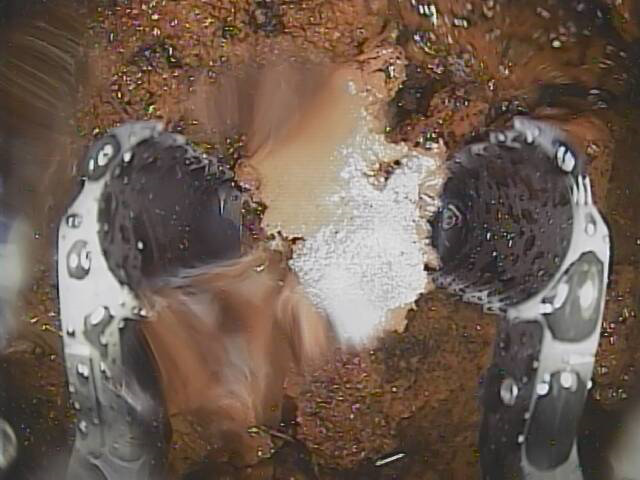Energy, Research - Fukushima Fuel Finally Found
It's taken almost eight years, but the Tokyo Electric Power Company (TEPCO) has finally made contact with some of the molten nuclear fuel from the Fukushima Daiichi reactors.
The 11 March 2011 mega-earthquake and tsunami was one of the world's worst disasters, sending a giant wave of water crashing over much of Japan's northeast coast. In the process, it swamped the Fukushima Daiichi Power Plant and knocked out the cooling systems. Reactors 1, 2, and 3 didn't just melt-down: The fuel in each unit melted through the bottom of their containment vessels and through the floor, some of it sinking deep into the ground. No one knew exactly where all of the molten nuclear fuel had gone.
Part of that mystery was solved last week. TEPCO sent a probe into the damaged second reactor at the Fukushima nuclear plant, the first time in eight years that a remote device has successfully reached the molten fuel. It captured video and photo images.

"The observation device made contact with deposits at six locations on the pedestal," TEPCO scientists wrote in a report of the eight-hour operation. "Deposits in five locations could be moved" off the site, they wrote. The information gathered from the operation will help TEPCO determine what sort of vessels will be required to collect the parts of the fuel that can be moved.
Japan's Asahi Shimbum newspaper reports, "The retrieval process will start in earnest at one of the reactors in 2021, according to the plan drawn up jointly by the central government and TEPCO." But full decommissioning is expected to take 30 or 40 years, according to Bloomberg news.








 Create PDF
Create PDF Print
Print Email to friend
Email to friend